32 things guinea pigs can eat
When you buy through links on our articles, Future and its syndication partners may earn a commission.
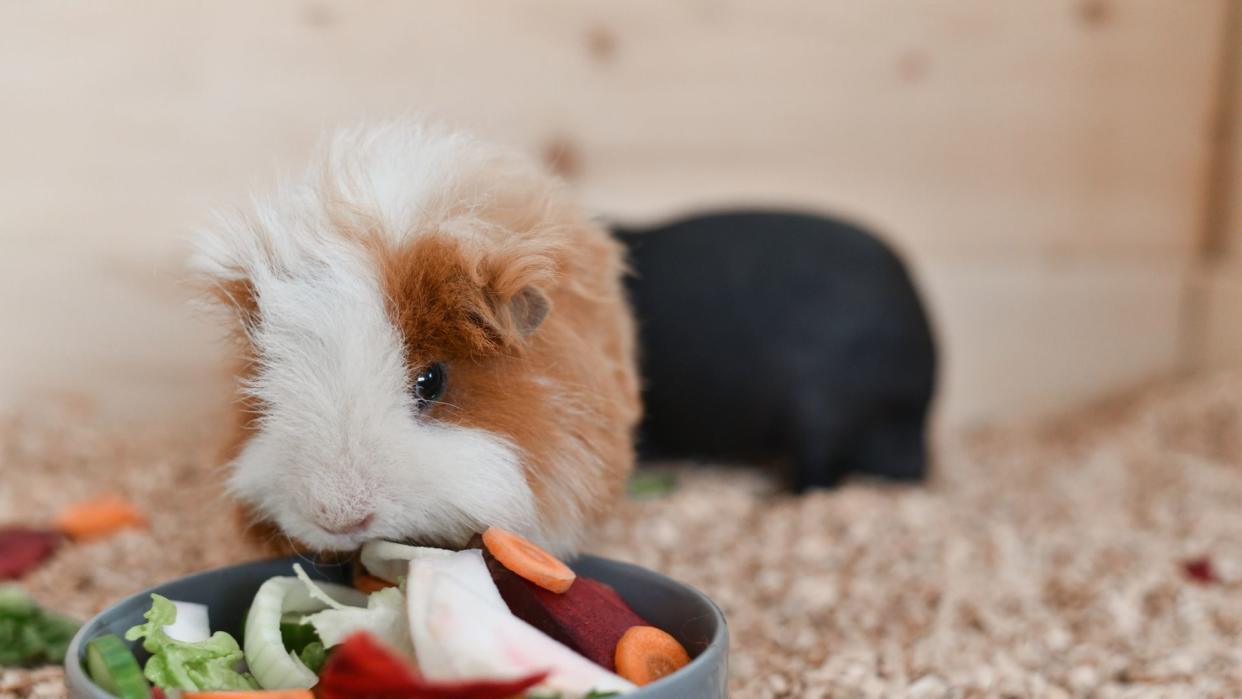
If you own guinea pigs you are likely already aware that they eat a wide variety of foods, from fruit and vegetables to garden plants and herbs. While some foods are poisonous to guinea pigs, there are plenty that they can chow down on without issues.
Whether you hand-feed your guinea pig or use one of the best pet food containers, making sure that they have a varied, healthy diet is important for both their health and enrichment. So, what do guinea pigs eat? We've listed 32 options below.
32 things guinea pigs can eat
1. Cucmber
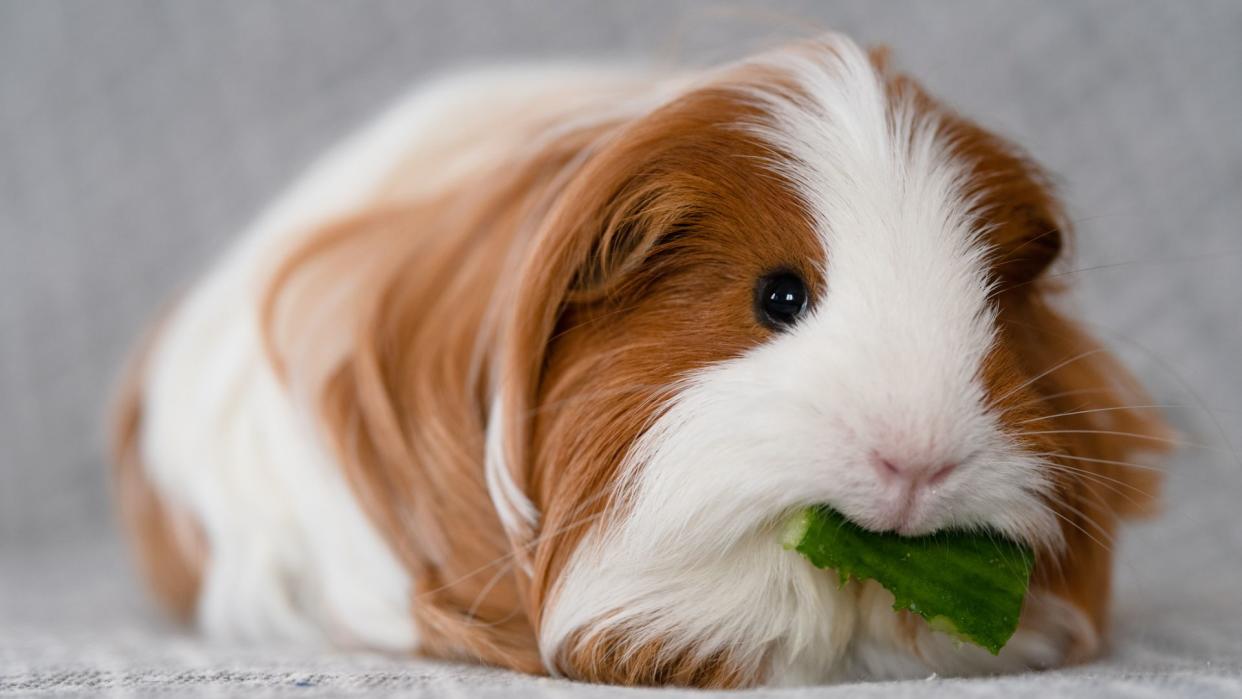
Cucumbers are a good source of vitamins, minerals, and water for your guinea pig, especially in hot weather where they can help keep them hydrated. They should be fed in moderation, as their high water content can cause watery stool. A quarter-inch slice a few times a week should be sufficient.
2. Kiwi
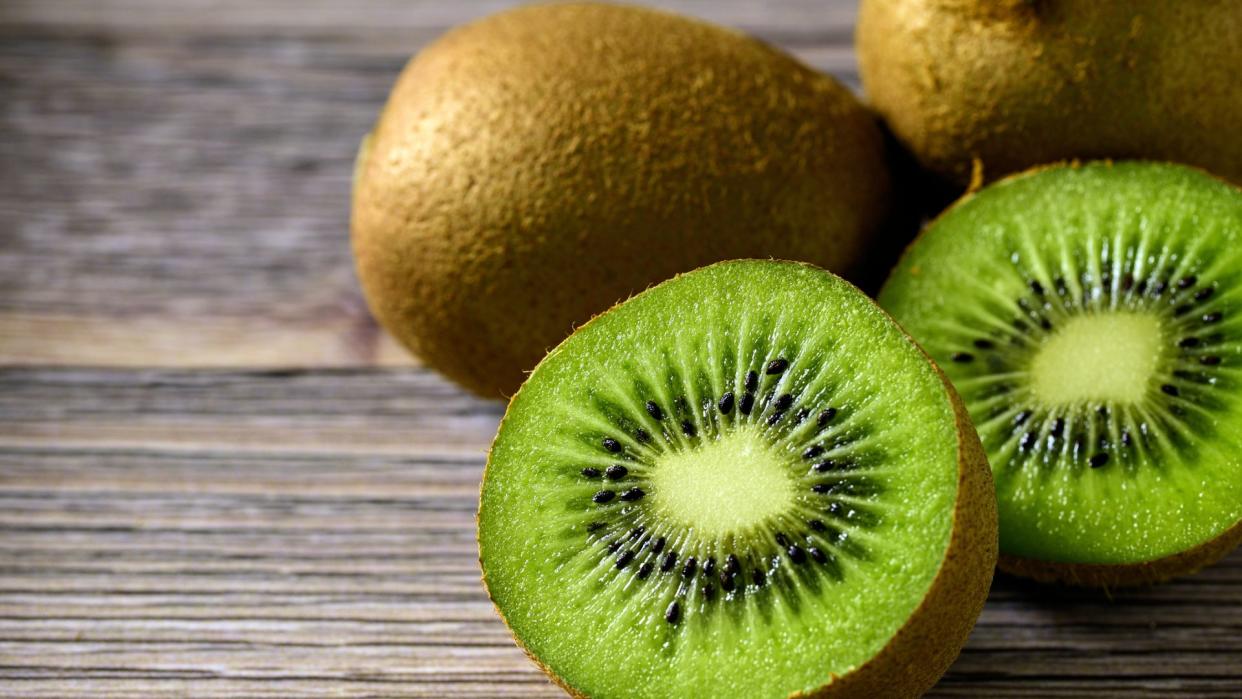
Although an occasional treat, due to the high sugar content, your guinea pig is likely to enjoy kiwi fruit immensely. Wash and peel the kiwi before giving a small slice to your guinea pig.
3. Raspberries
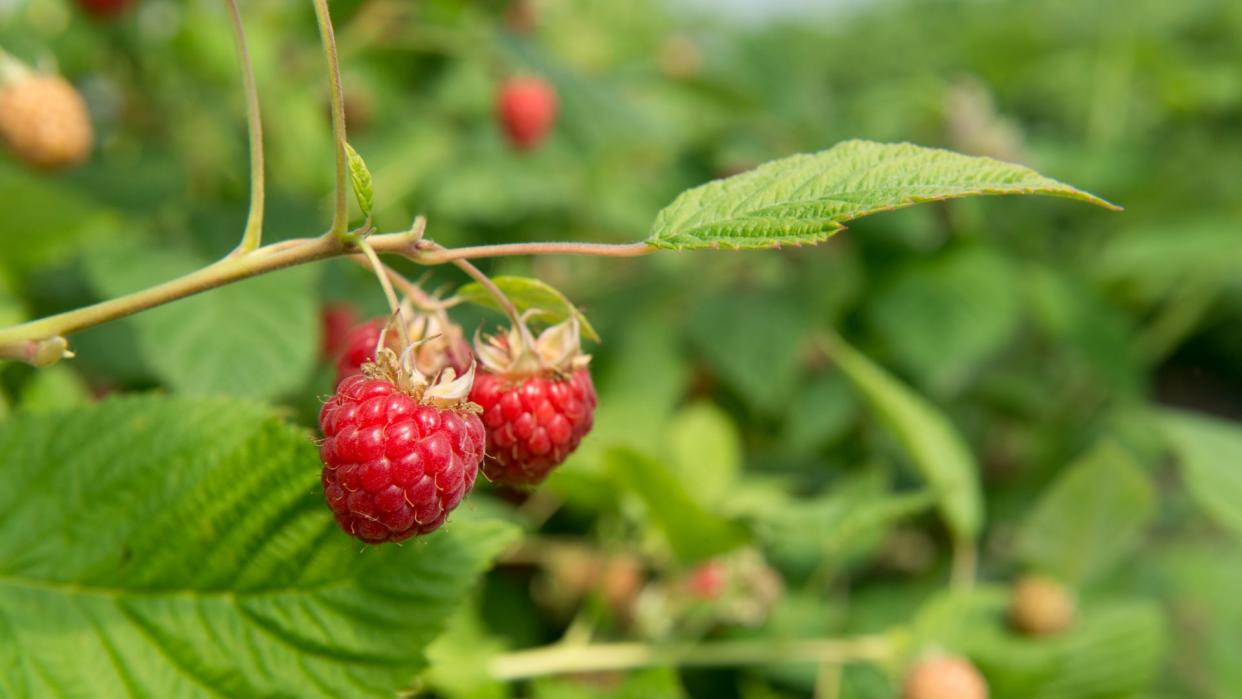
All berries are safe for guinea pigs (in moderation, as always). Fruit in general should make up less than 5% of a guinea pig's diet. A small handful of raspberries is enough for a single pig.
4. Timothy Hay
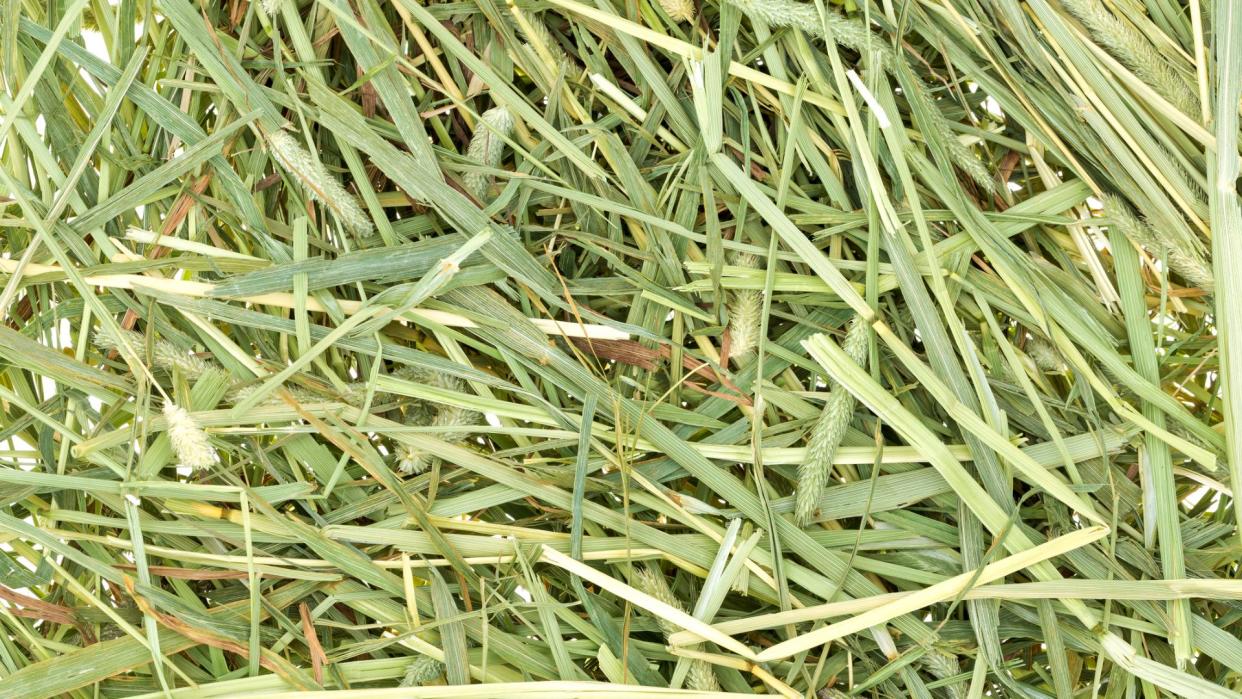
Timothy hay is a popular forage for guinea pigs as it is high in fiber and helps to limit the growth of their teeth. It is low in calcium and protein, so can be helpful if your guinea pig is overweight and needs a calorie-managed diet.
5. Orchard hay
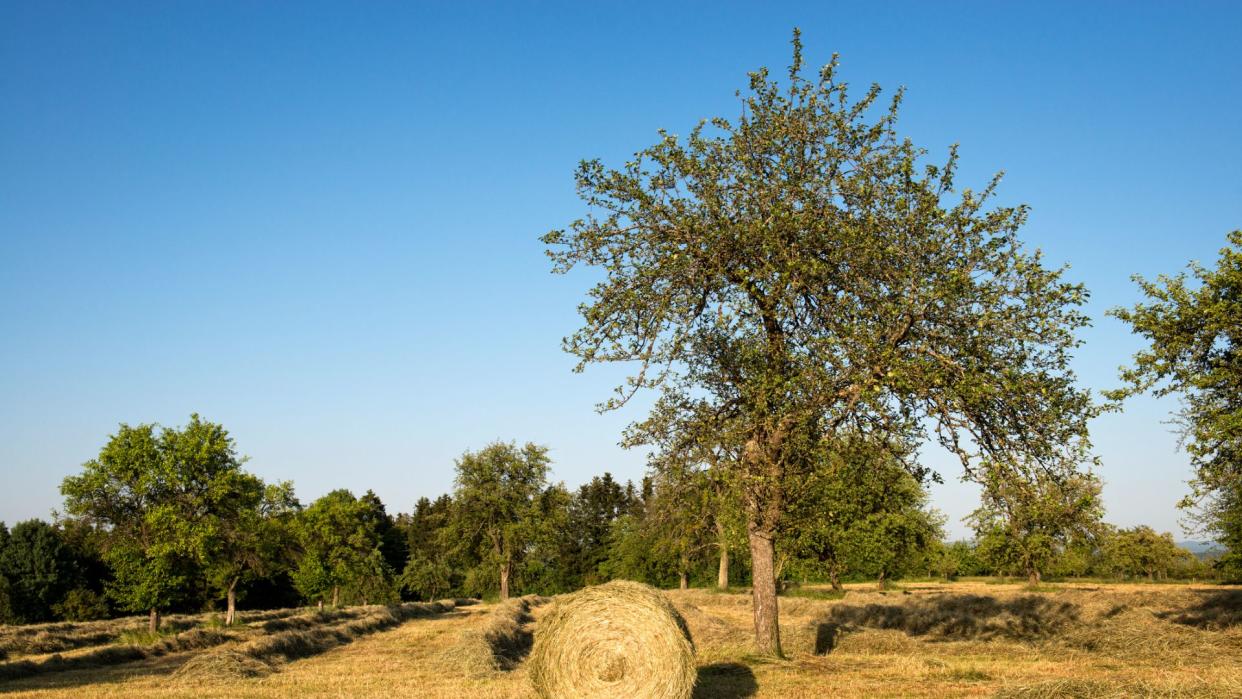
Similar to Timothy hay, guinea pigs can consume as much orchard hay as they like. It is slightly softer than Timothy hay, so can be a better choice for elderly guinea pigs. It also makes a comfortable bedding material.
6. Grass
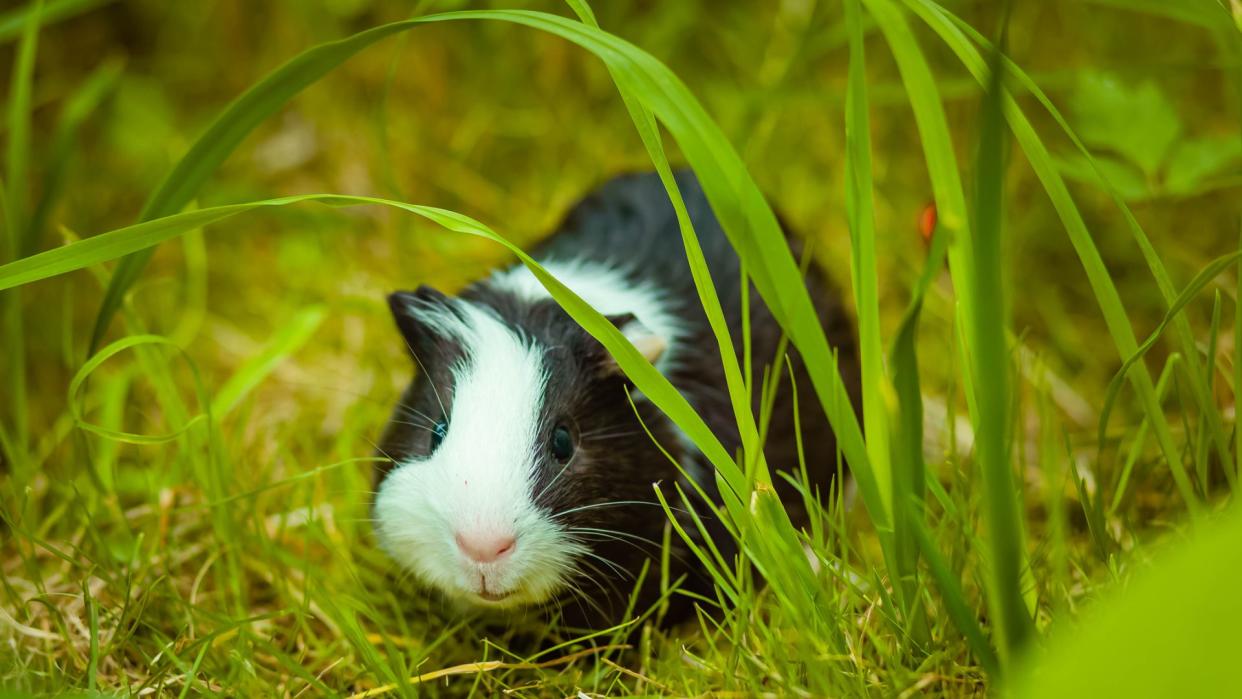
You can either pick fresh grass for your guinea pig or put them outside in a run to forage it themselves. Fresh grass is excellent for guinea pig health, however, grass cuttings that have been left before being given to your pig are not suitable as they can ferment and cause bloating.
7. Carrots
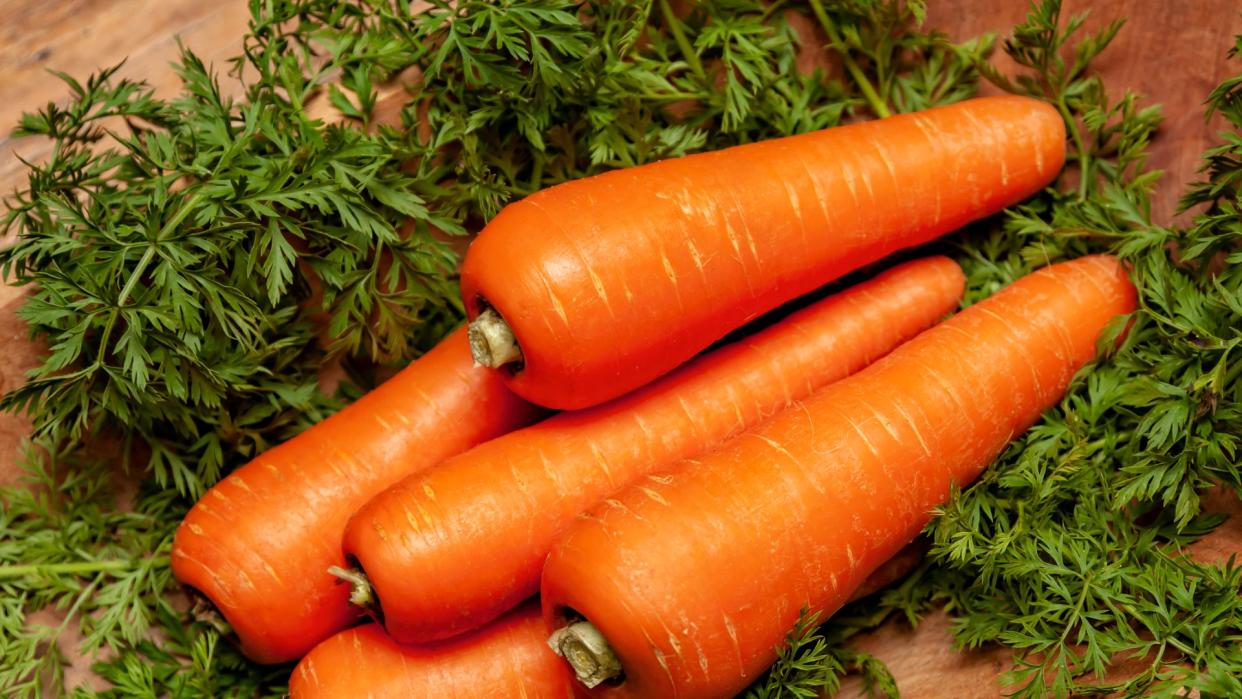
Guinea pigs can eat carrots in moderation, a single slice a few times a week is enough. Carrots have a surprisingly high sugar content, which can cause digestive issues for your pig. They can have carrot tops more regularly, as these are much lower in sugar than the root of the vegetable.
8. Chamomile
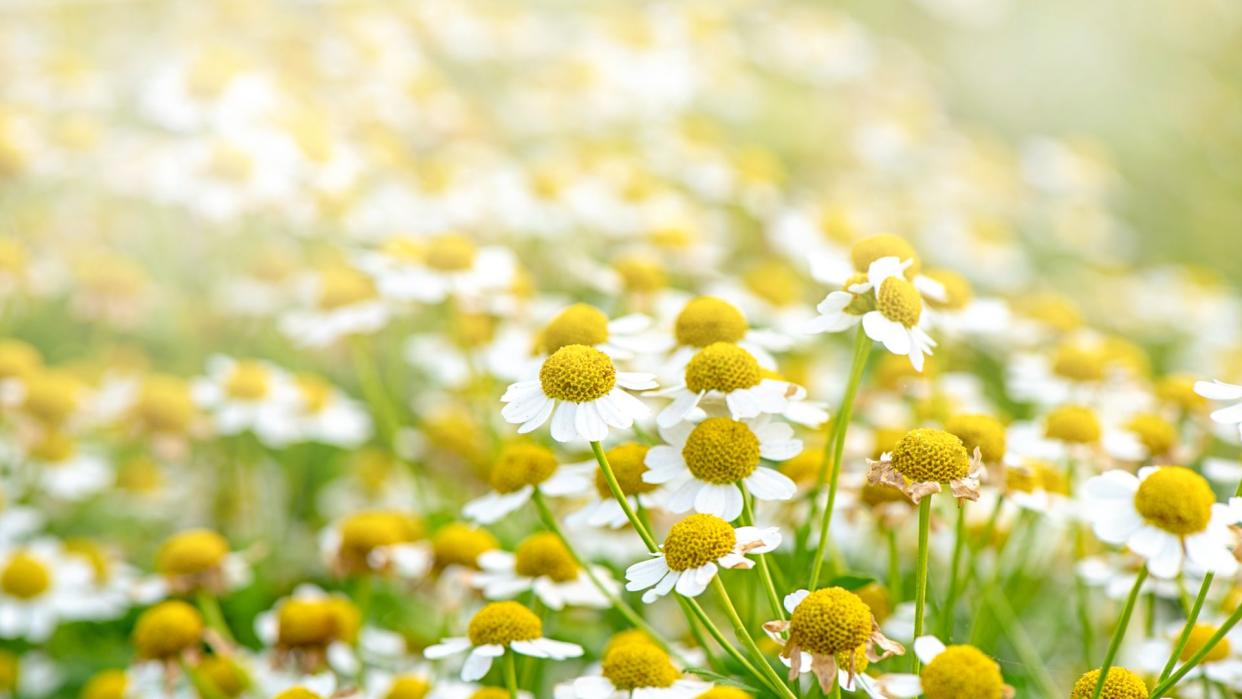
Chamomile is a great herb for guinea pigs and if they can graze on some in an outdoor run, even better. Add fresh chamomile flowers to hay so your guinea pig has something to forage for to add some enrichment to their day.
9. Cleavers/sticky willy
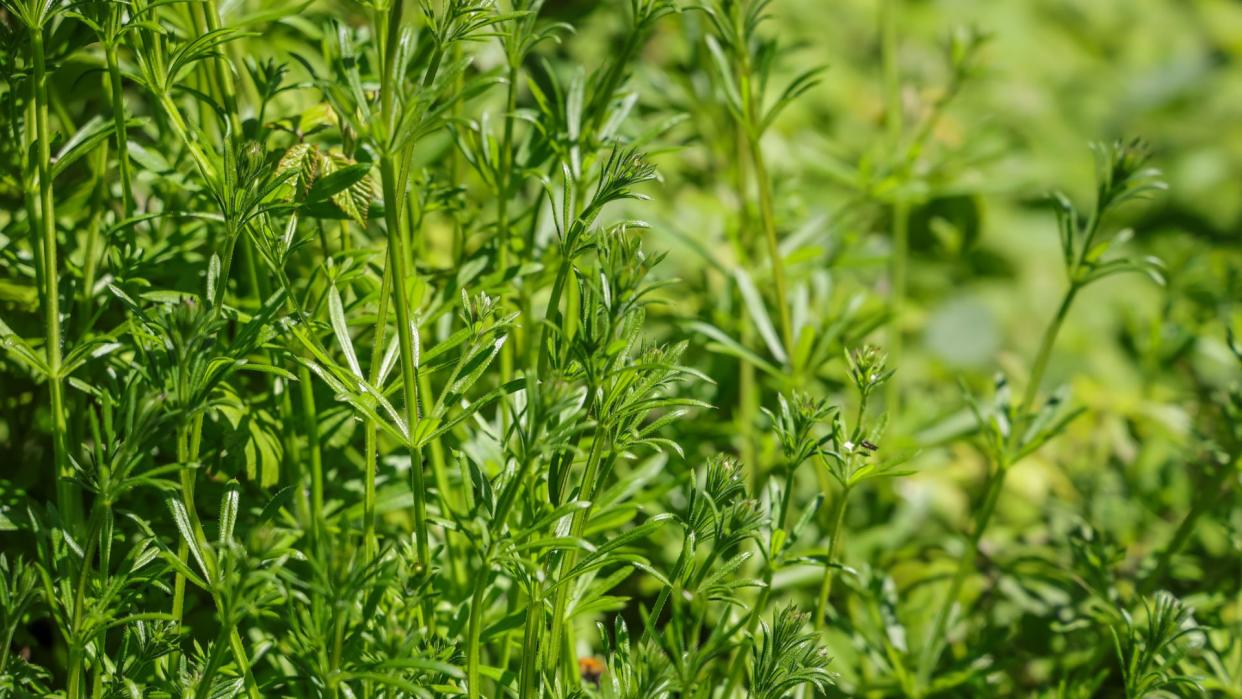
Cleavers are a common plant you will find growing by roadsides, woodlands, and scrubland. This sticky weed is also known as goosegrass or sticky willy and you can identify it by the clingy hairs on its stem (it often gets caught on clothes, making a fun prank).
Be selective where you pick this plant: keep away from areas treated by herbicides, pesticides, or near animal waste, and wash thoroughly before giving it to your guinea pigs. Avoid giving them seed pods, as these are too high in protein.
10. Unseasoned popcorn
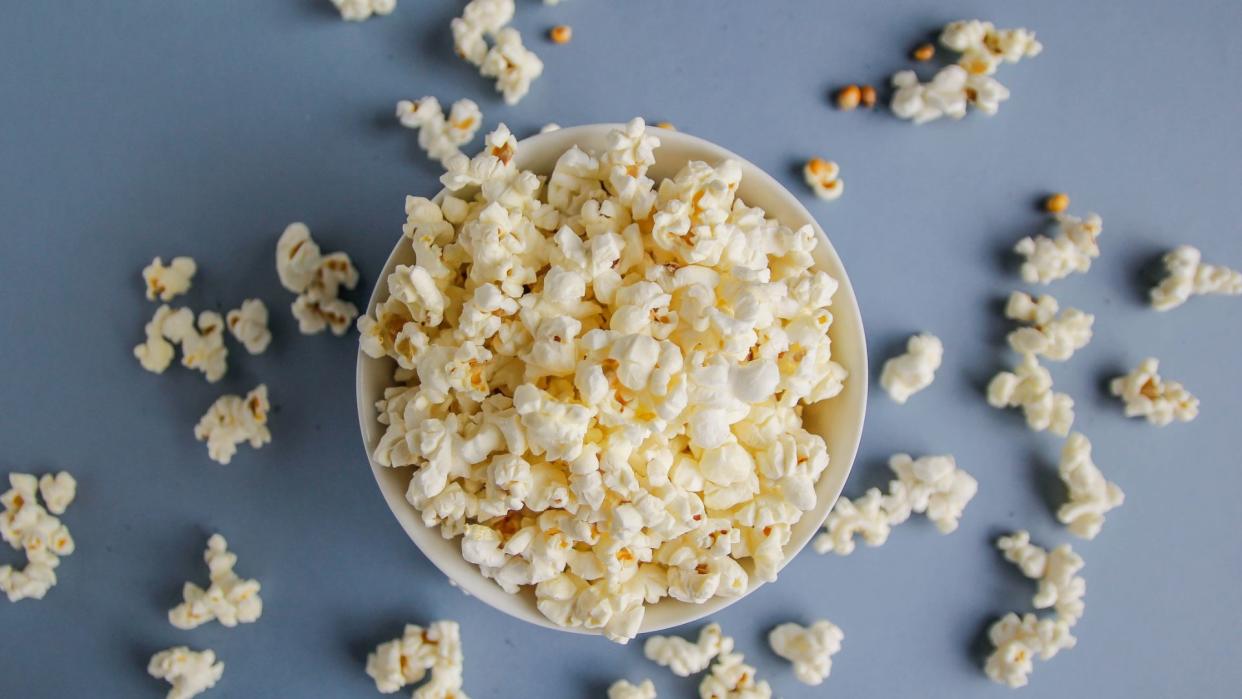
While this shouldn't be a regular treat, if it's your guinea pig's birthday a couple of pieces of unsalted and otherwise unseasoned popcorn can make a delightful snack for your pig.
11. Parsley
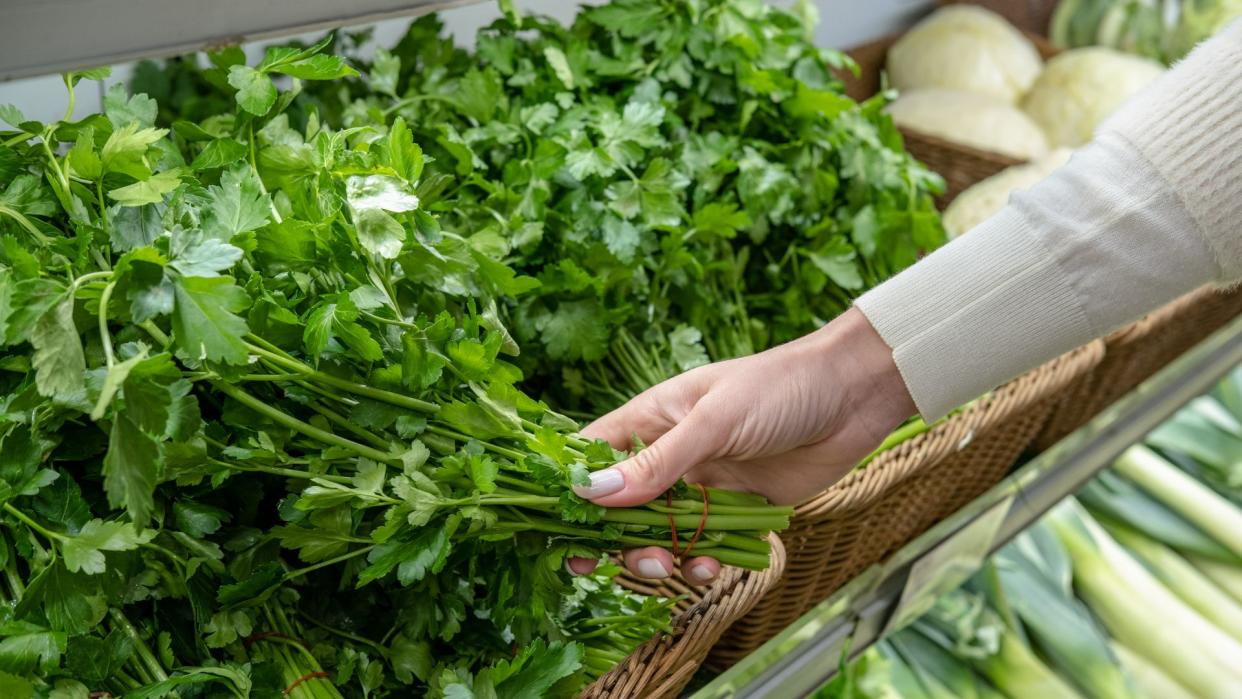
Parsley is a great source of calcium and vitamin C for your guinea pig. They should have parsley or other leafy greens and herbs daily, in a generous palm-sized amount.
12. Blackberry and bramble leaves
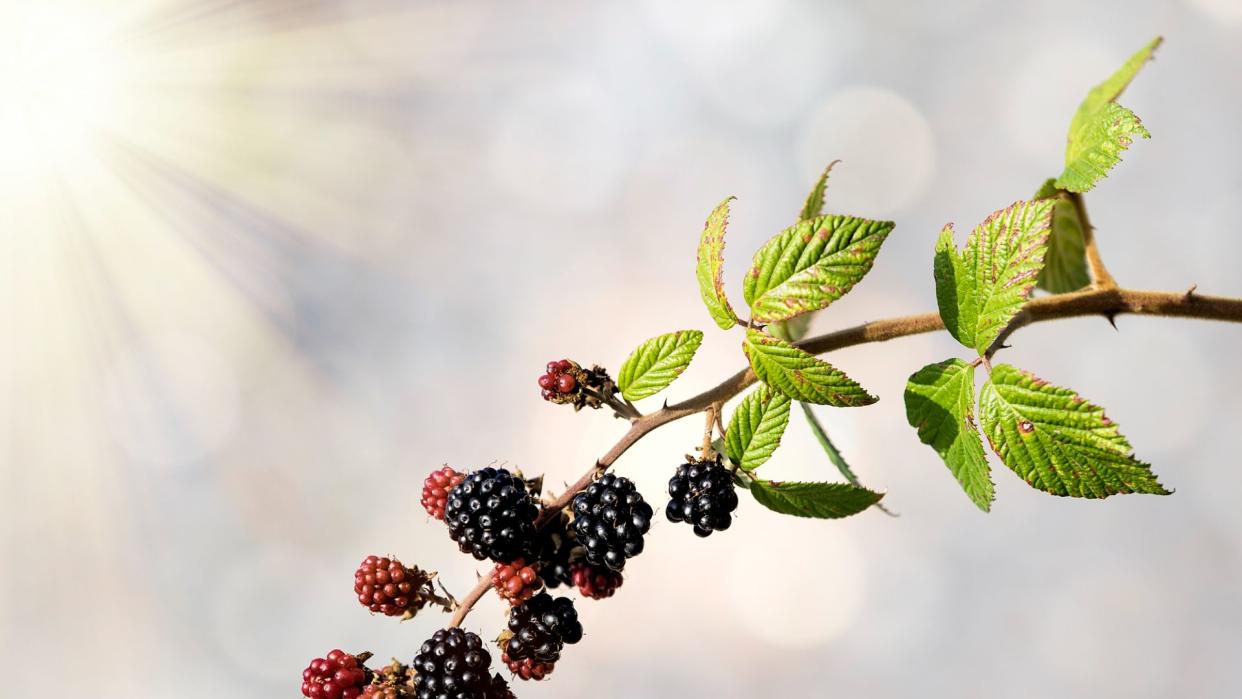
Another common plant that you can forage for your guinea pig is blackberries and the leaves of the blackberry plant, commonly known as brambles. While you could put a whole bramble in a run with your guinea pigs and let them forage the leaves and fruits themselves, be aware that wild blackberries often have large thorns that you should remove. Stripping the leaves and fruit yourself off is simpler.
13. Baby corn
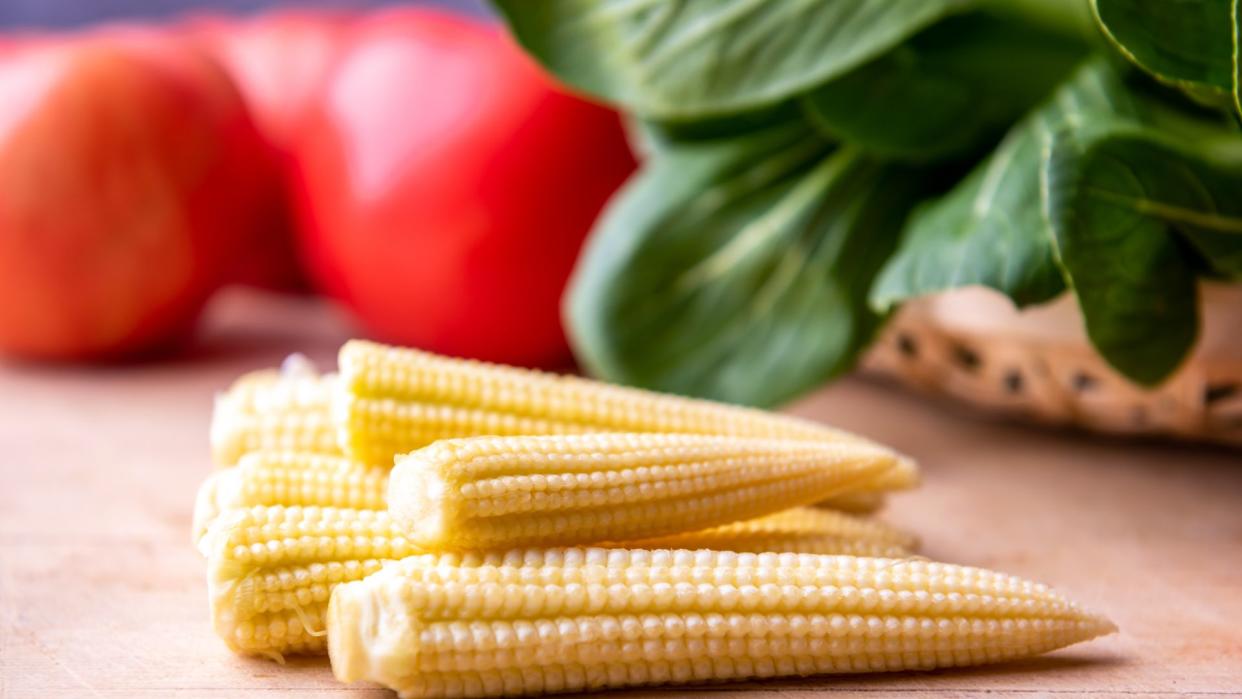
As a treat, guinea pigs can have a few slices of baby corn. Mature corn can be too starchy and full of sugar for guinea pigs, but the unpollinated cobs make a nice snack.
14. Calendula
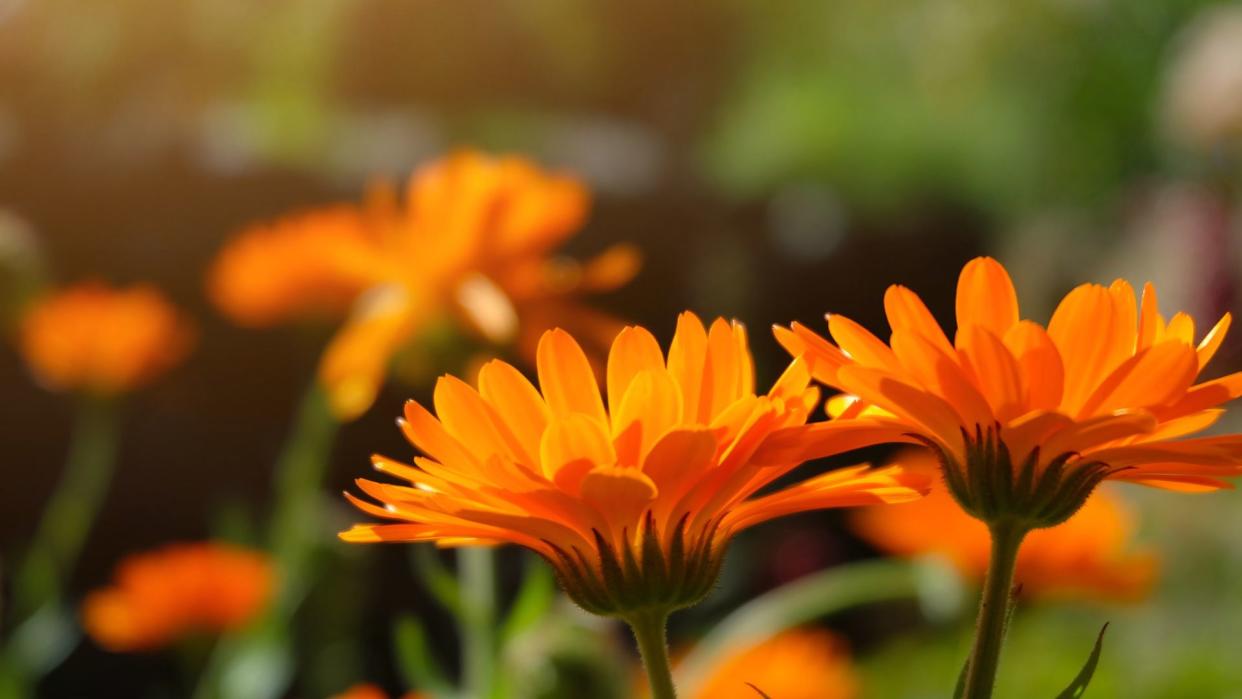
Calendula, or pot marigolds, are great herbs to give your guinea pig. They are low in calories and high in fiber, making them a healthy treat and you can feed the leaves, stems, and flowers.
15. Radish tops
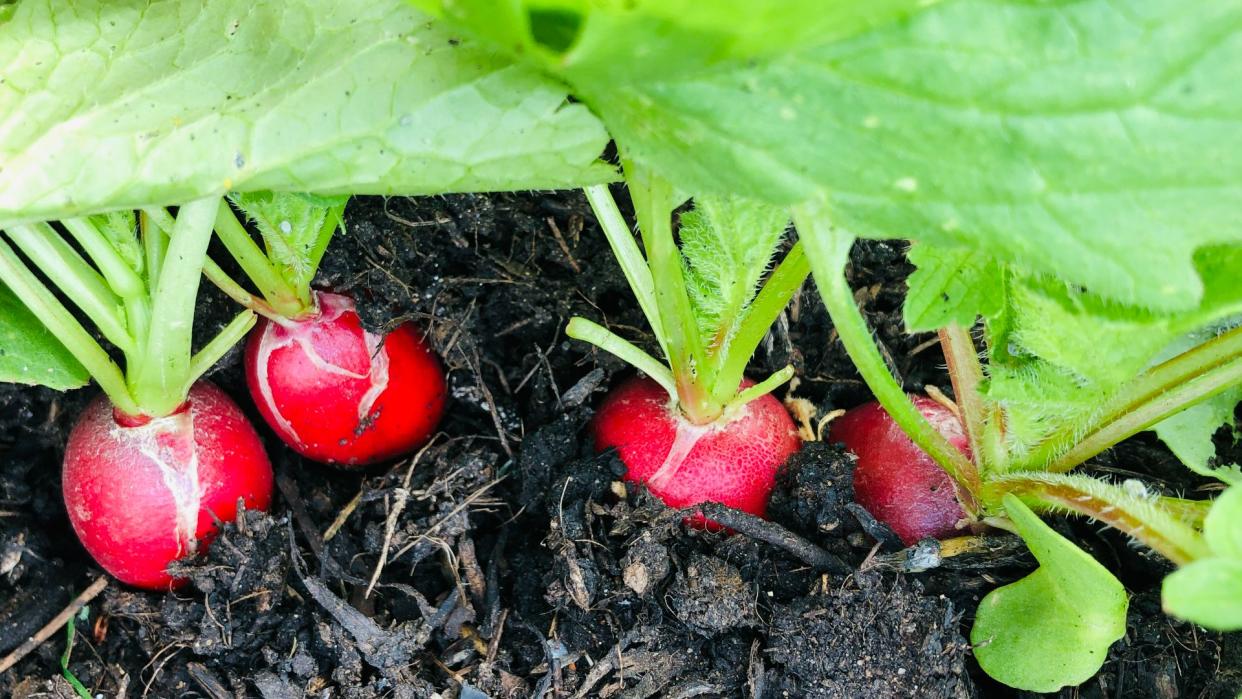
Radish leaves are an excellent source of calcium for guinea pigs, but should be fed in moderation to avoid urinary issues. They can also eat radish roots, but these contain high amounts of oxalic acid, which can cause bladder stones.
16. Apple leaves and twigs
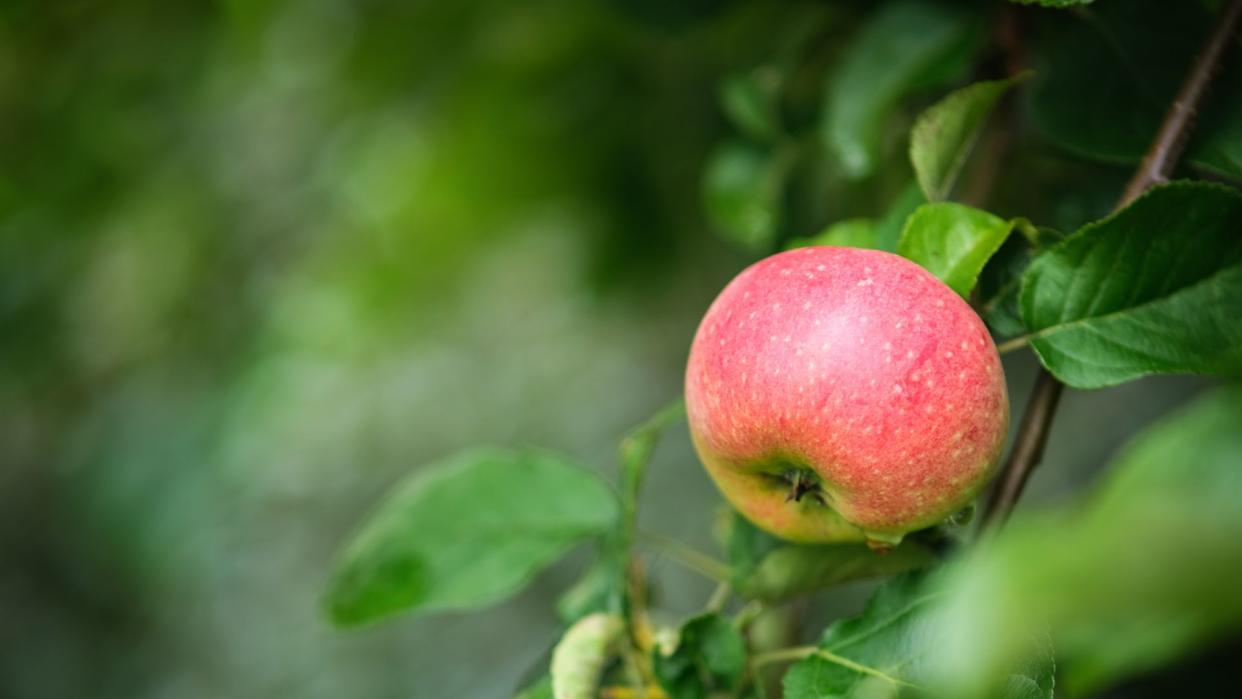
Another fun, free plant for your guinea pig to forage from is apple leaves and twigs. Cut a young twig from an apple tree and give it to your guinea pig whole to give them the enriching experience of foraging. If you're wondering "Can guinea pigs eat apples" Yes they can!
17. Eggplant
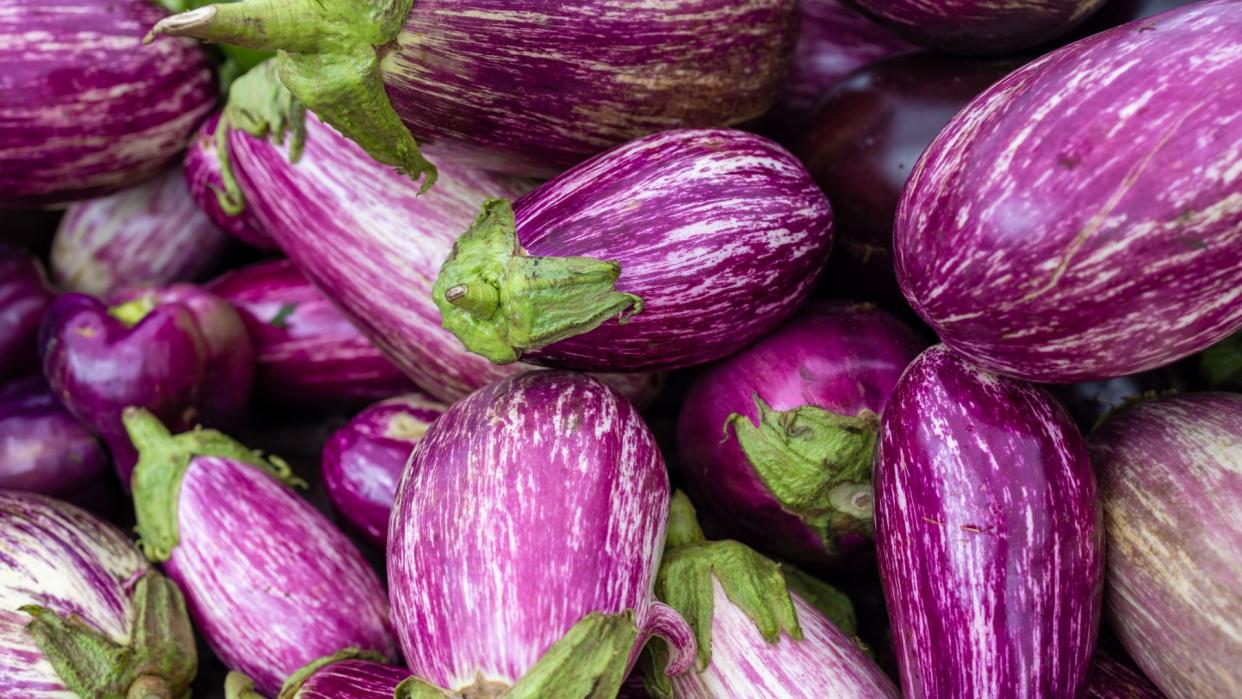
Eggplant can be given as an occasional treat, a small slice the size of a fingertip will do. Eggplant leaves and stems are toxic to guinea pigs as they are part of the nightshade family (along with tomatoes and potatoes) and must not be given to them under any circumstances.
18. Celery
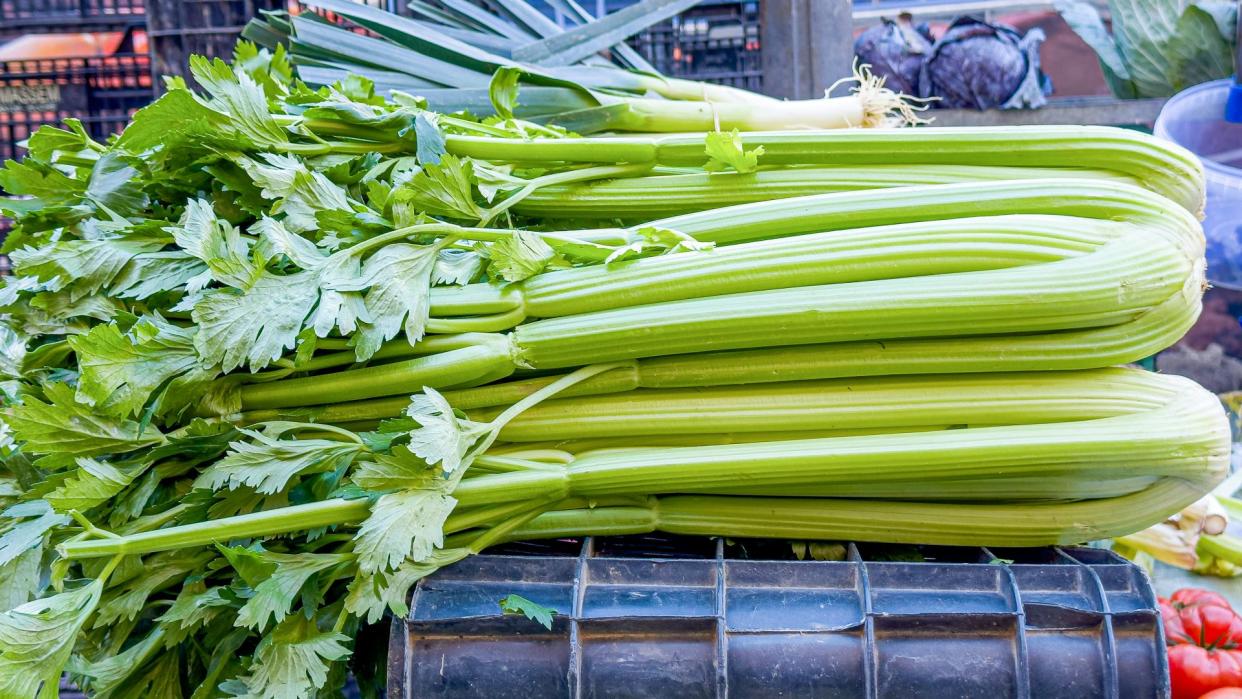
Can guinea pigs eat celery? Celery can be given to your guinea pig as an occasional treat, chopped into thin, manageable slices. The leafy tops are likely to be more fun for your guinea pig to get through, so try giving them these as opposed to the root end.
19. Broccoli
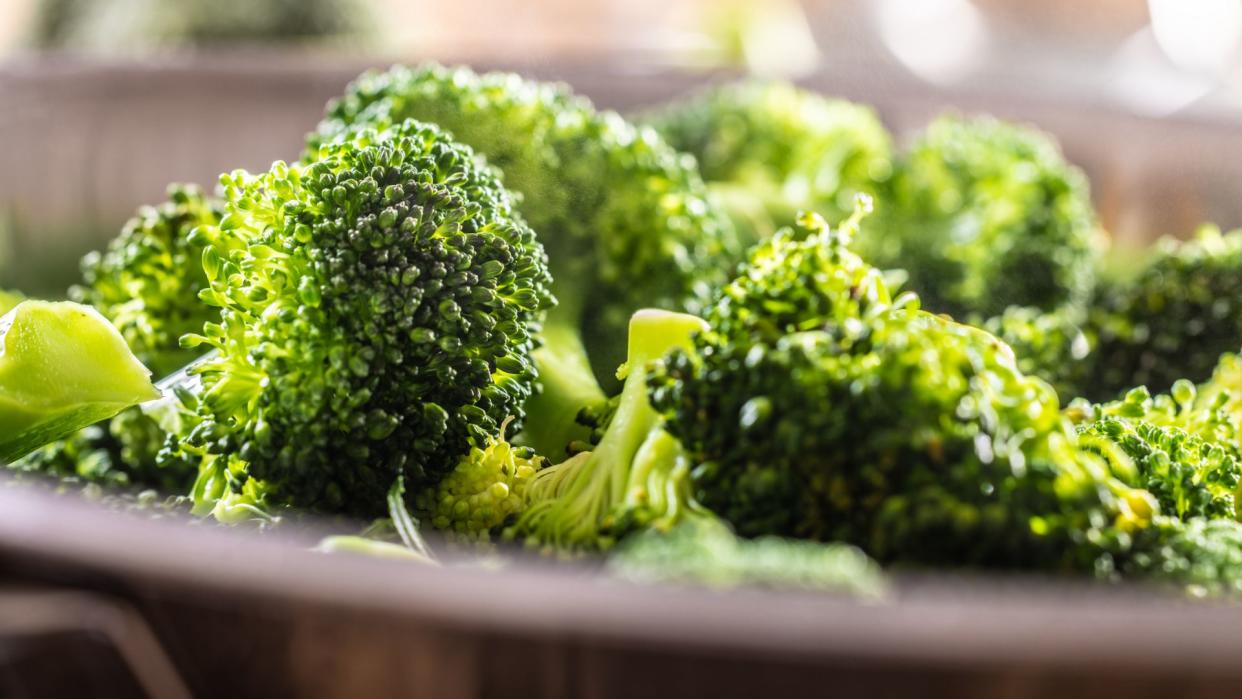
Once or twice a week your guinea pig can have a small amount of broccoli. Cruciferous vegetables should be fed carefully, as they can cause bloating and digestive upset. If your guinea pig seems sulky, they might have gas and you should adjust their meals accordingly.
20. Cilantro
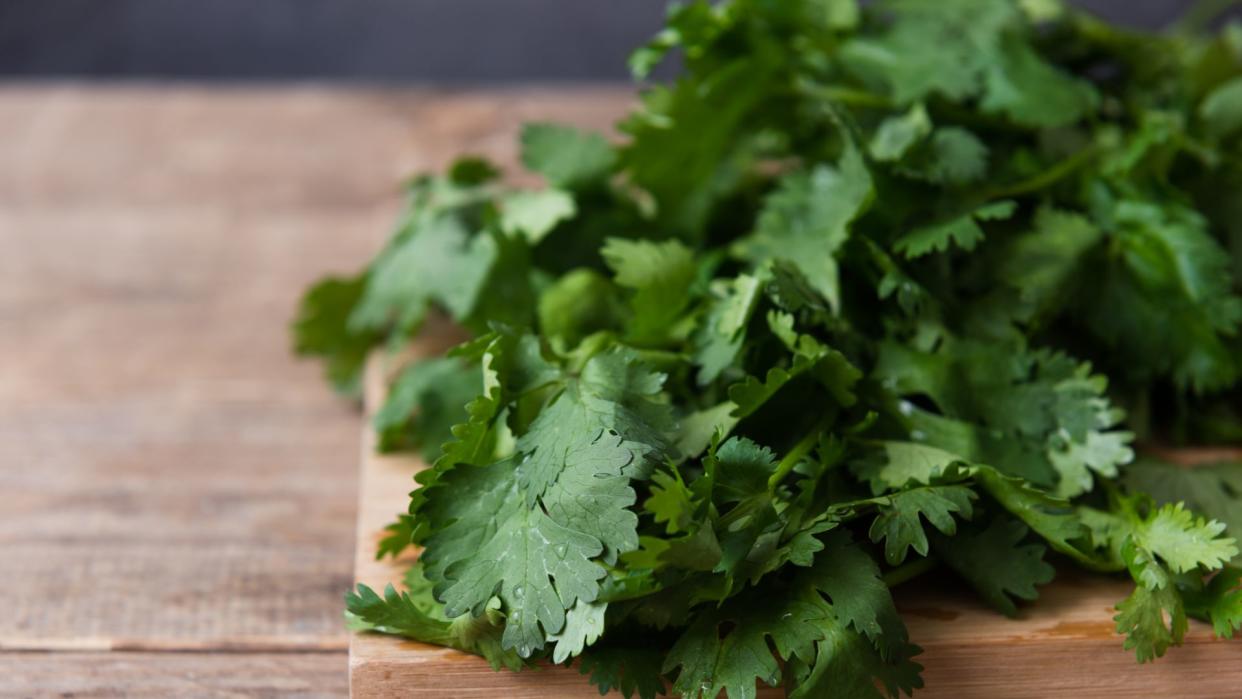
Cilantro, sometimes called coriander, is a healthy green for guinea pigs and a good source of vitamin C. 1/2 a cup to a cup should be enough, depending on the breed of your guinea pig.
21. Peppers
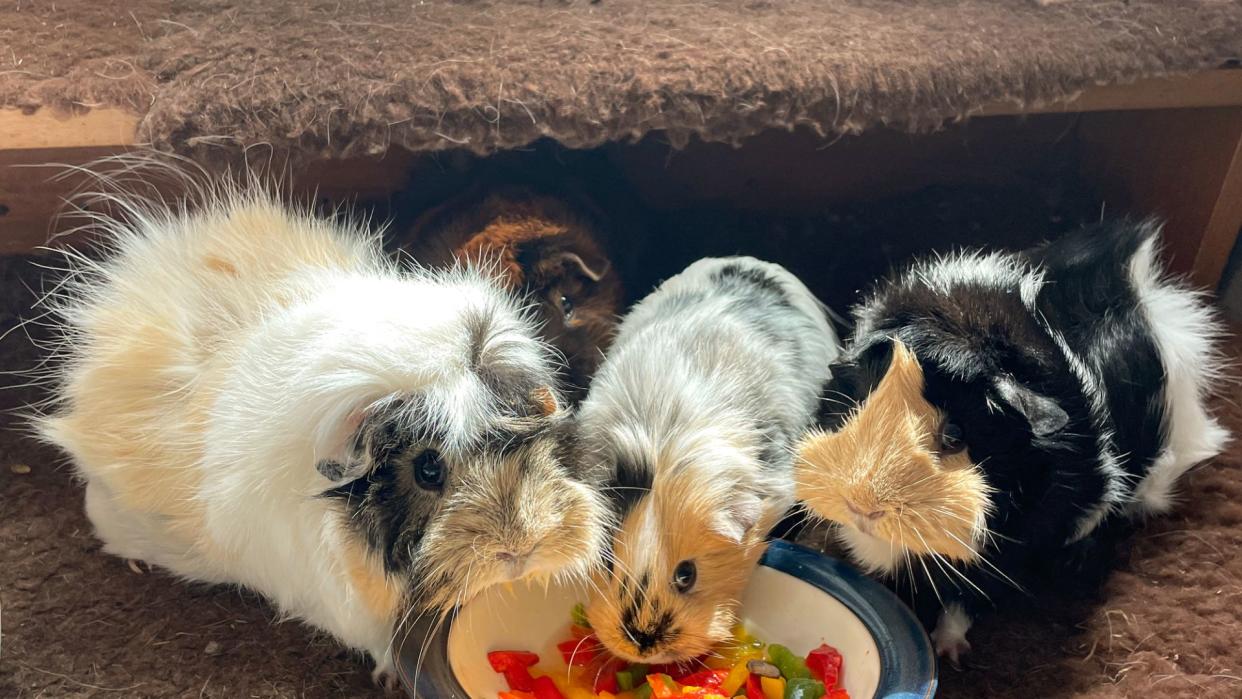
Guinea pigs can have sweet peppers, like bell peppers or pointed peppers. They should not be fed spicy peppers or chilis, as these can cause digestive upset. Peppers are another plant from the nightshade family, so leaves and stems are off the menu.
22. Pea shoots
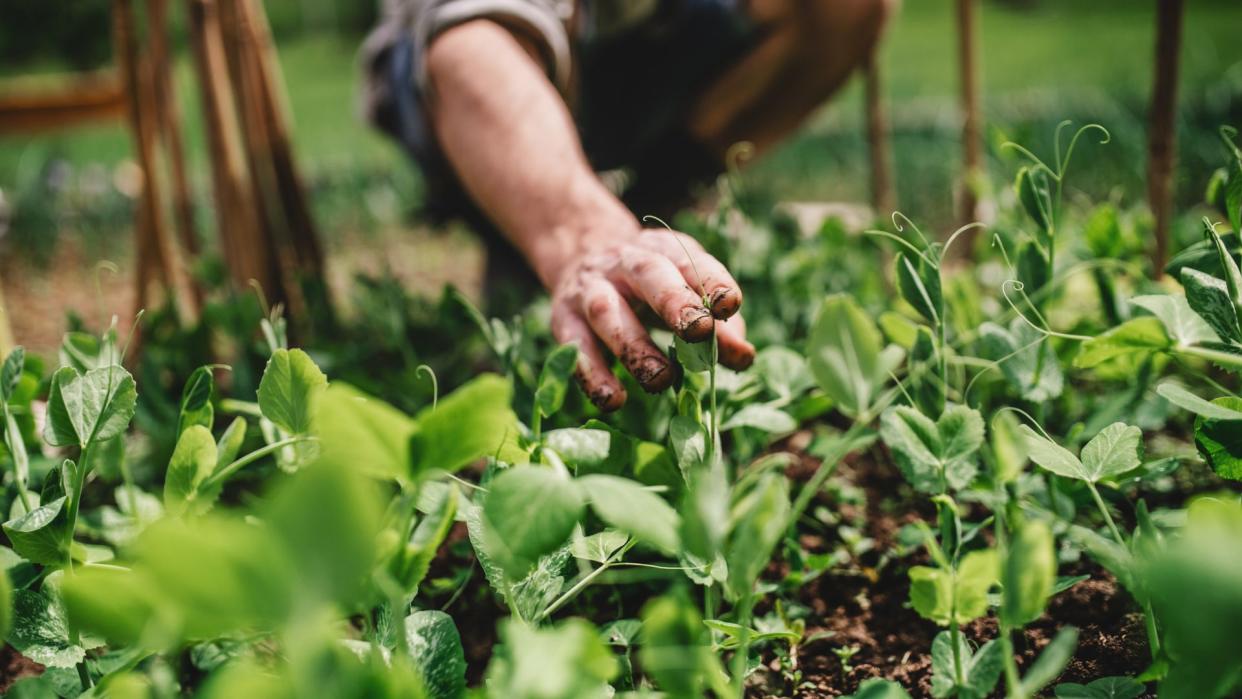
Peas and pea shoots can be given to your guinea pig in moderation. The greens of the pea plant are high in vitamin C, calcium, and phosphorus.
23. Spinach
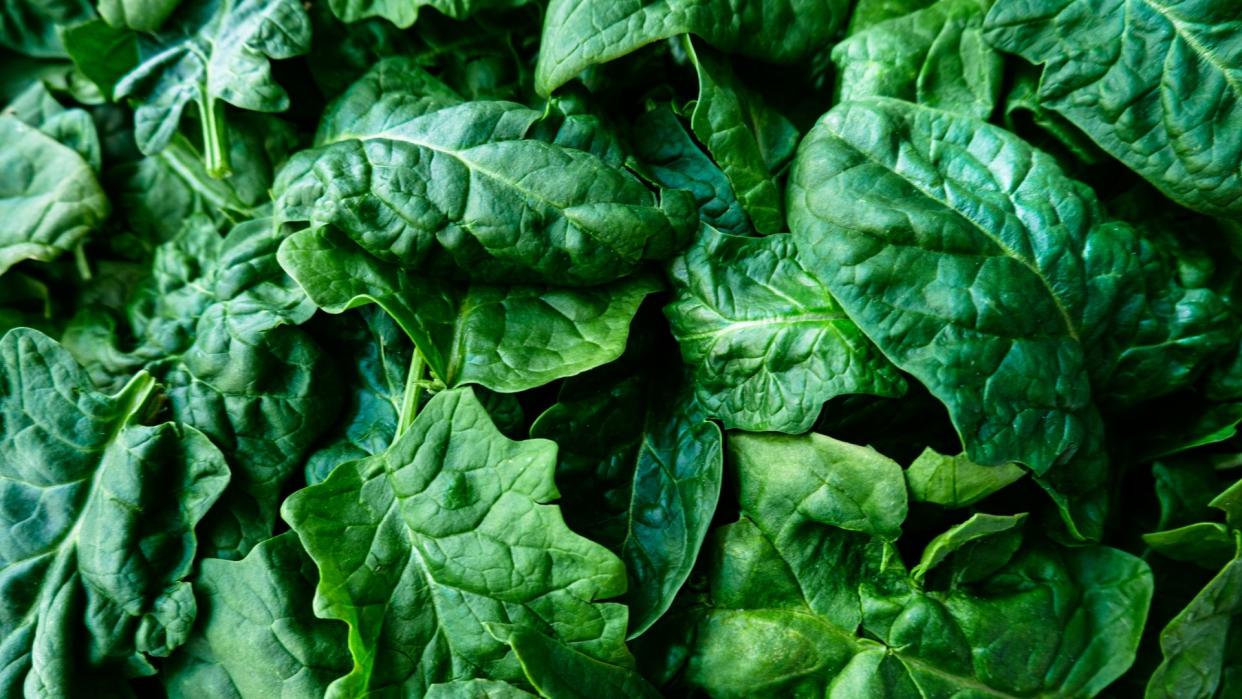
Spinach can be fed in moderation. It can be eaten once a week, as a treat, but contains oxalates, which can cause urinary issues in guinea pigs.
24.Dandelion greens
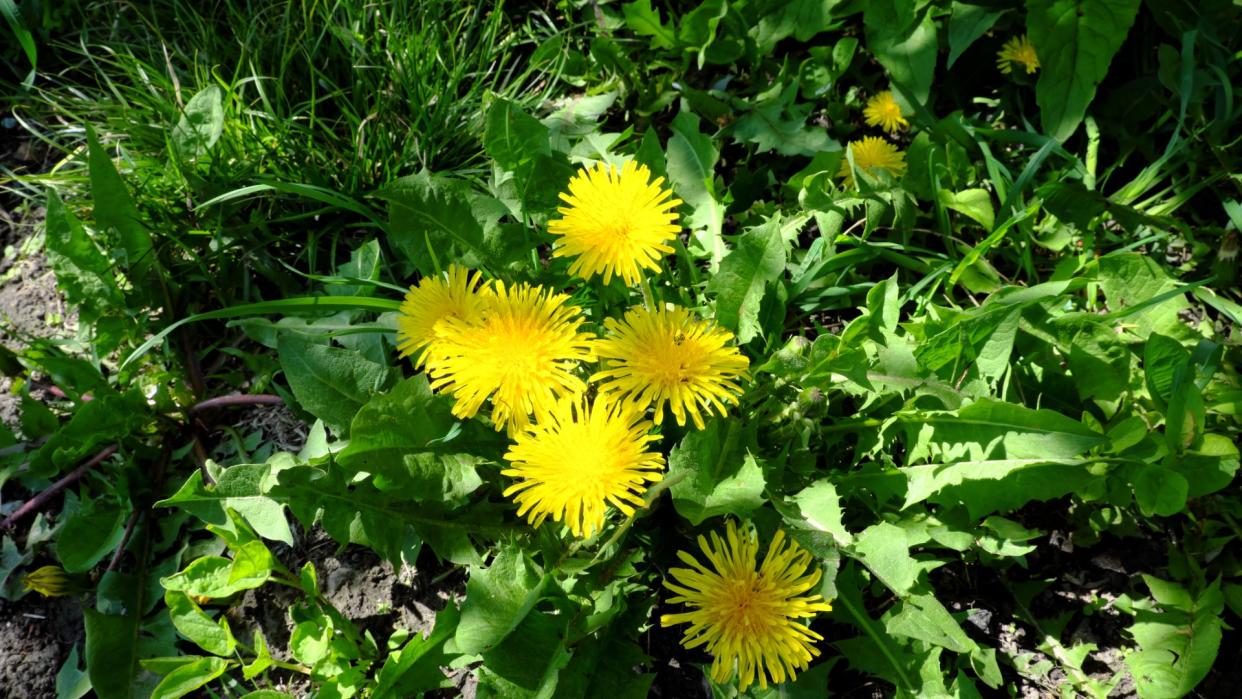
Fresh dandelion greens, flowers, and roots are all suitable for guinea pigs to eat, in moderation. The pulpy roots can be fed in similar quantities to carrots, and the flowers can be used to add enrichment to their environment.
25. Clover
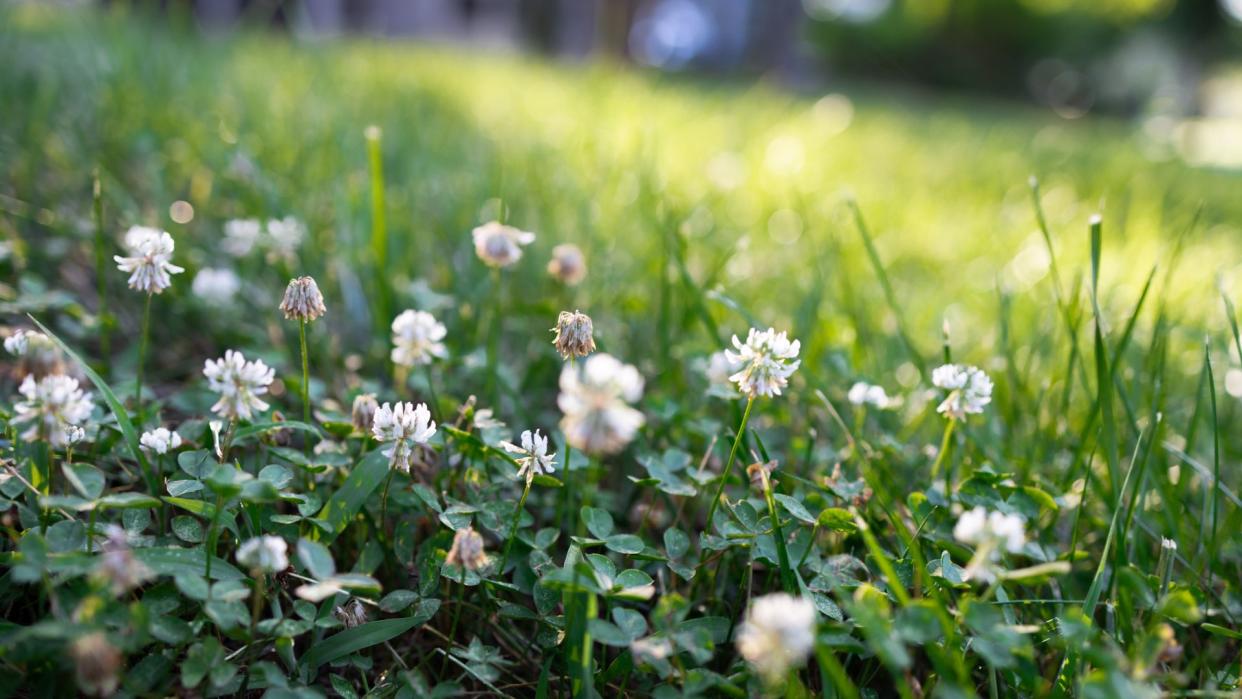
Clover is another plant you can forage for your guinea pig. The leaves and flowers of red clover are high in calcium and good for growing pigs and white clover is great for pigs of any age. However, clover hay should not be fed as it is too high in protein.
26. Blueberries
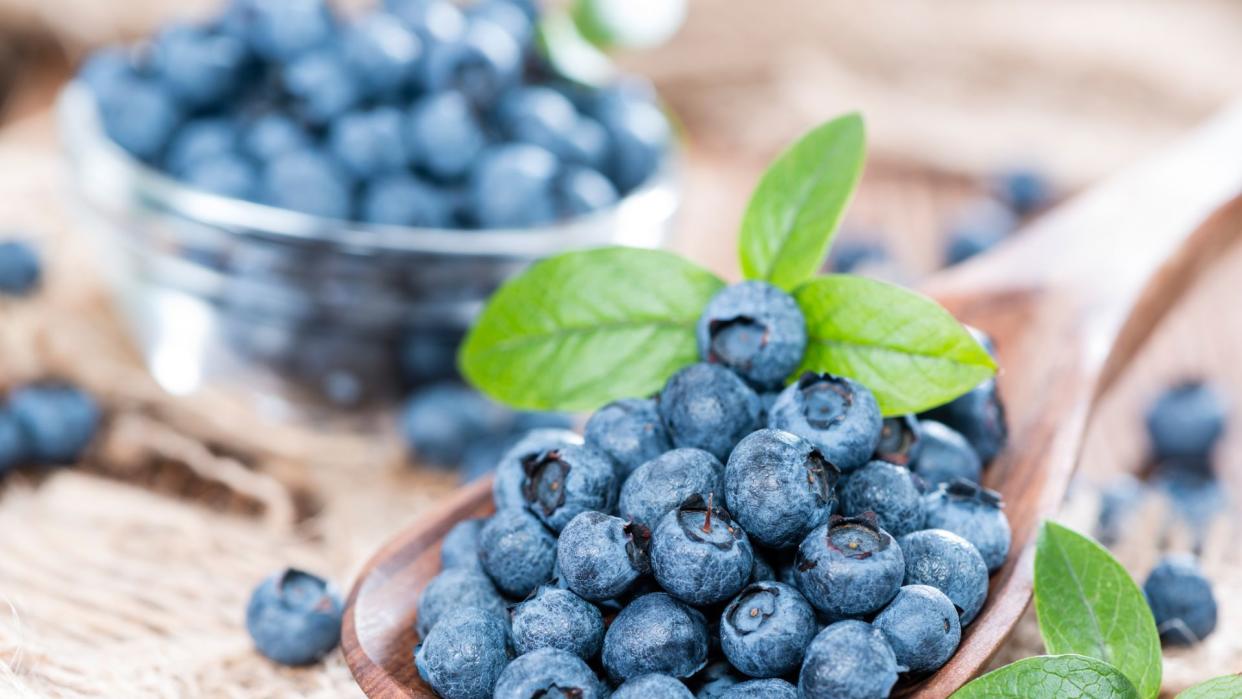
Four or five fresh blueberries might win your new guinea pig's affection. Berries are full of sugar, so not good as an everyday meal, but make a good "sometimes" treat for your pet.
27. Tomatoes
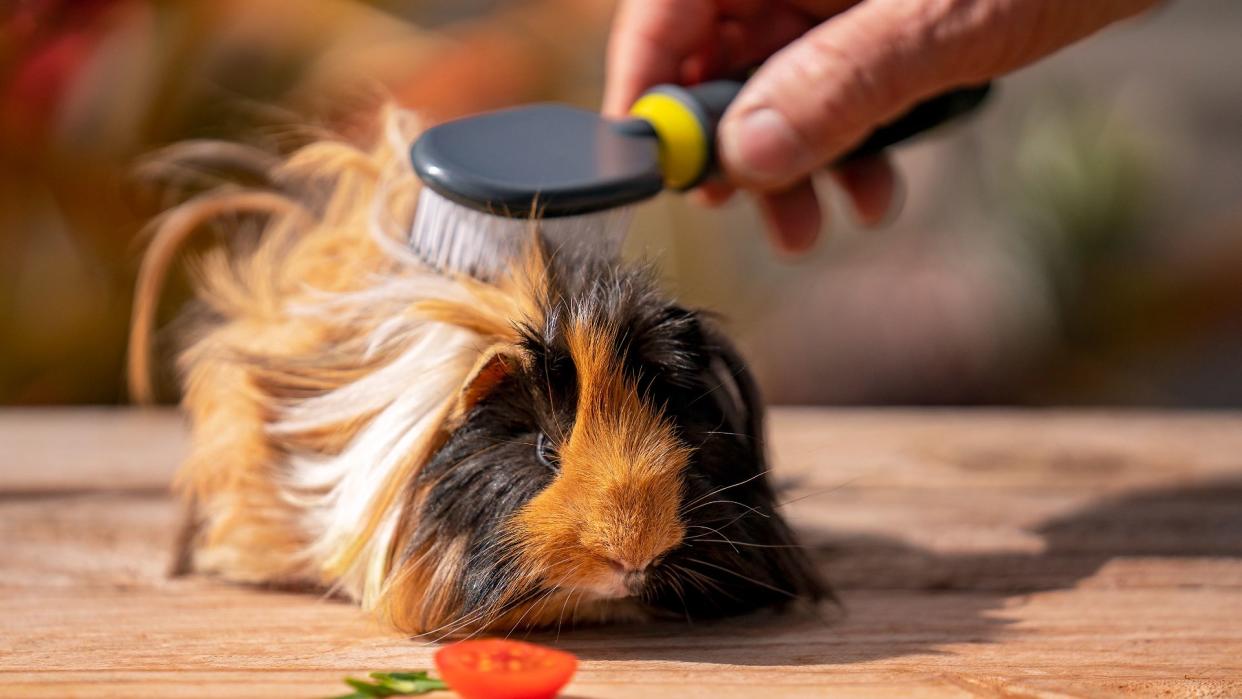
Tomatoes are another plant of the nightshade family, so the plant should not be given to guinea pigs. The fruit, however, can be fed in moderation, as a treat. A whole tomato is too much, so it should be served in slices.
28. Apples
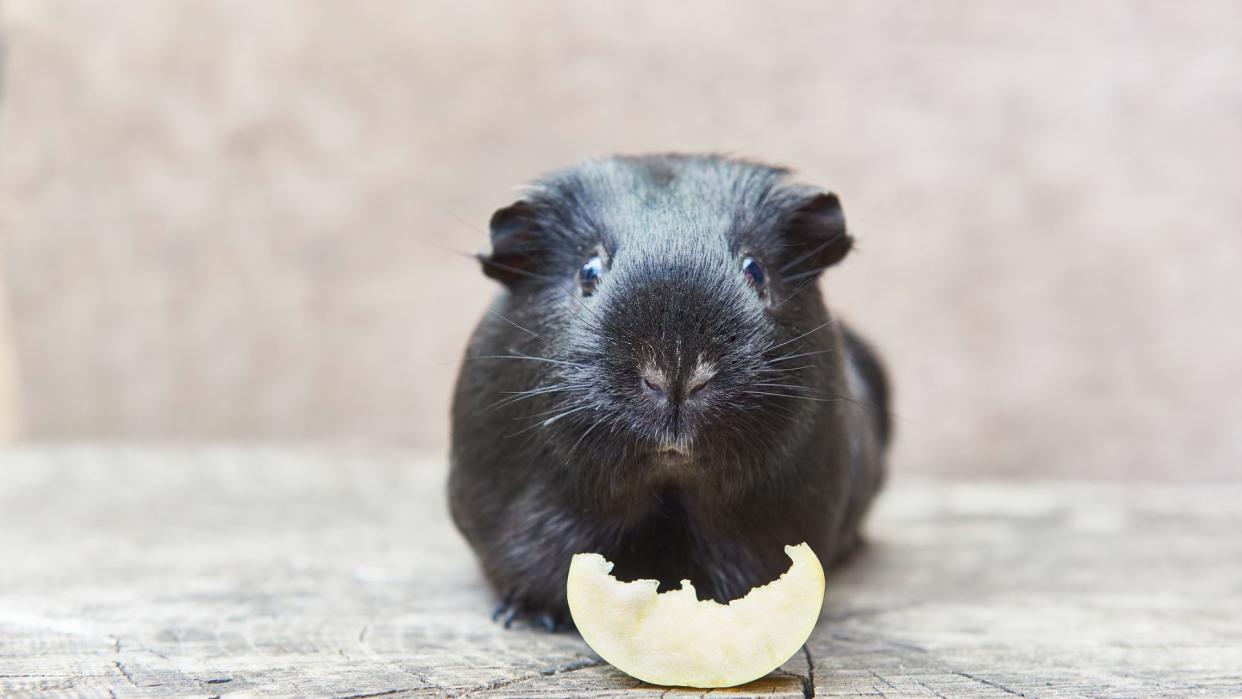
Guinea pigs love apples. These fruits are high in sugar, but an apple slice makes a pleasant treat once or twice a week. Try to vary the fruit you give your guinea pig to keep things interesting and provide them with a range of nutrients.
29. Strawberries
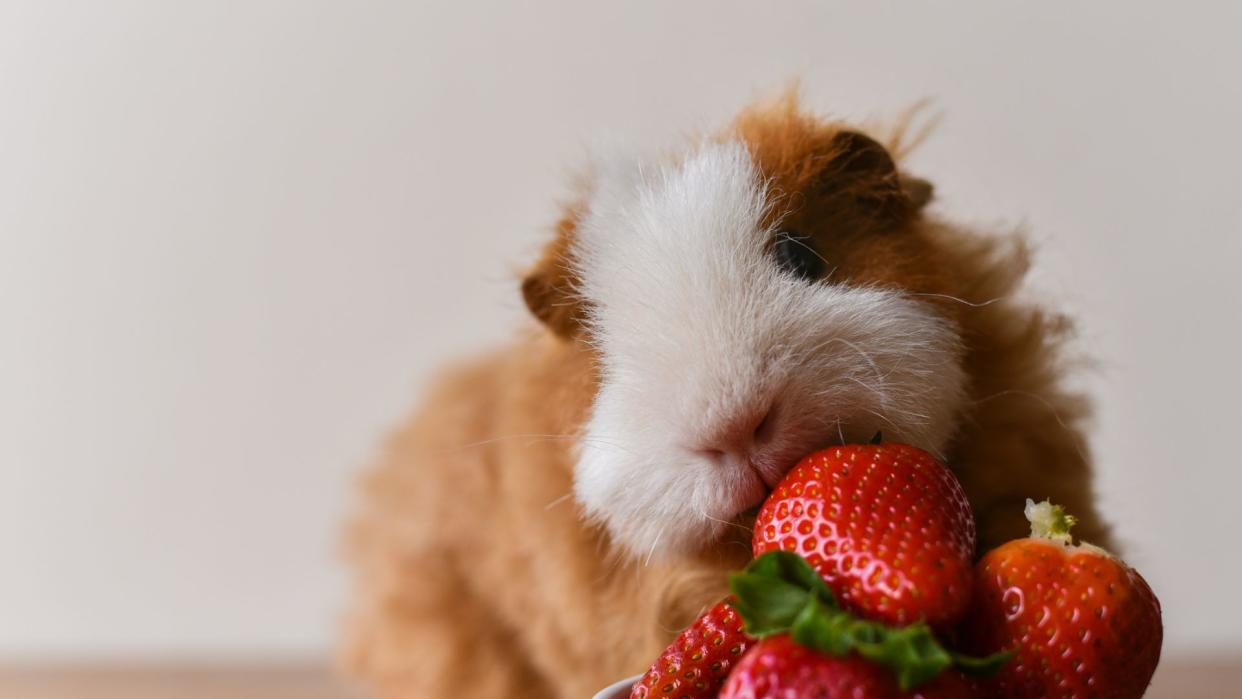
A single strawberry will be more than enough for a single guinea pig, and they will likely develop a "lipstick mouth" that lasts for several hours after they have finished. A quarter or half of a large strawberry will be ample.
30. Romaine lettuce
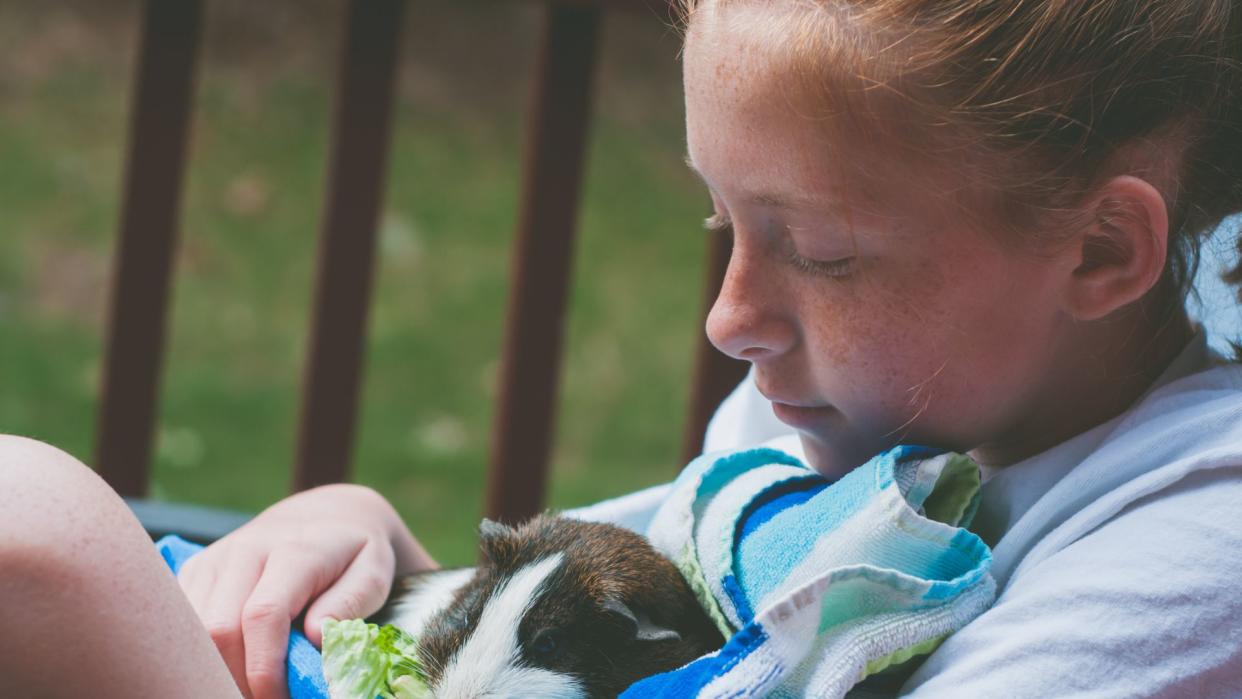
Romaine lettuce can be fed in a 1/2 cup to 1 cup portion at a time. Romaine is a variety high in vitamin C and far superior to iceberg lettuce, which has a high water content and low nutritional value.
31. Cantaloupe
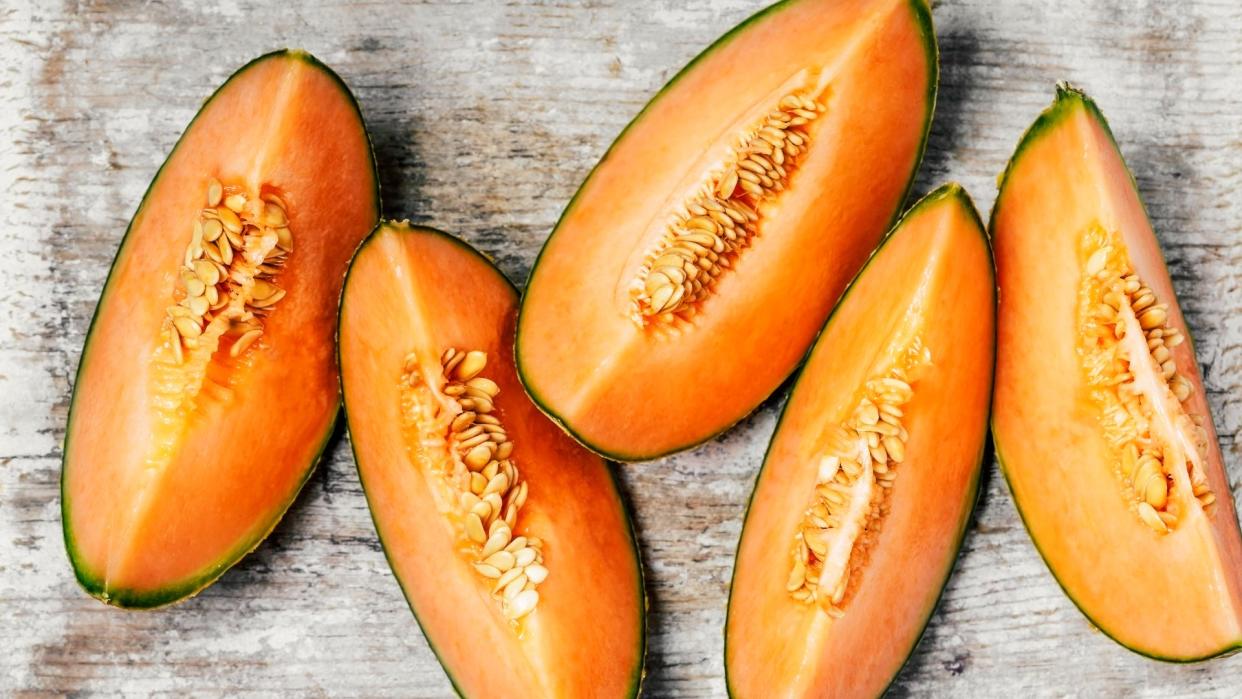
A small cube of cantaloupe will be more than enough for most guinea pigs, as it is high in sugar and should only be served as an occasional treat.
32. Pineapple
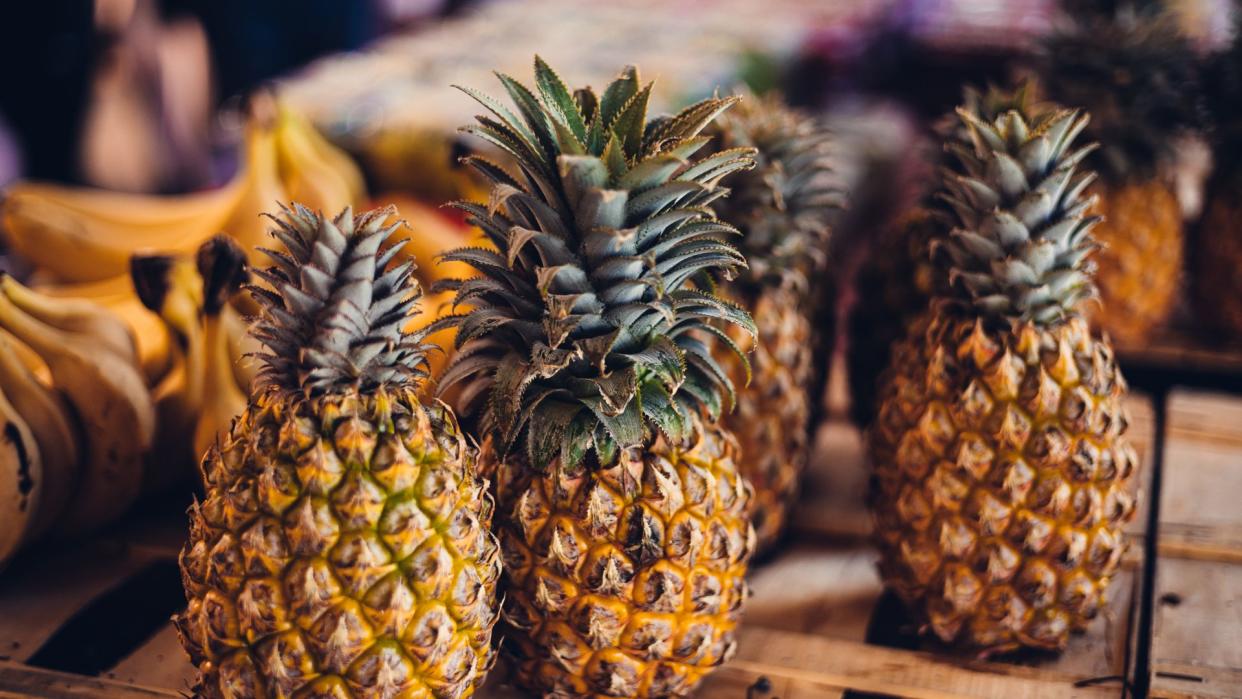
Similar to cantaloupe, pineapples are high in sugar and should be fed very rarely as a sweet treat for your pig. They also contain enzymes that can cause gas and mouth sores, so monitor your guinea pig closely the first time you feed it.
